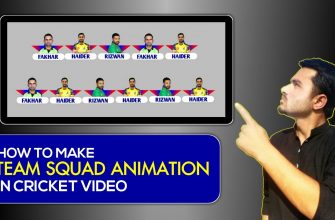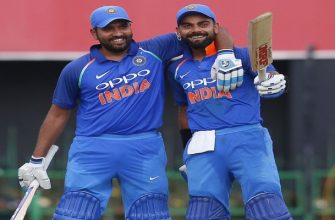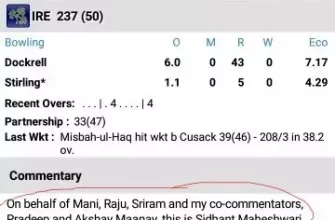How blind cricket is played
Blind Cricket is a sport that opens the playing field to visually impaired individuals, showing that though they may not be able to see, they can still experience the excitement and camaraderie inherent in sports like cricket. This form of cricket takes the traditionally visual game and adapts it so people who have little to no sight can participate.
The Basics of Blind Cricket
The rules for blind cricket are generally similar to those of traditional cricket with some key adaptations aimed at assisting players who suffer from varying degrees of vision impairment. The details may vary between different organizations and regions, but there are some universally common elements.
In blind cricket, teams consist of eleven players. However, unlike in mainstream cricket, the team comprises players with different levels of visual impairment. These categories are B1 – who are totally blind; B2 – partially blind; B3 – partially sighted. Typically balance needs to be maintained by including 4 B1s, 3 B2s and 4 B3s in any given team.
There’s also an adaptation made to the ball itself. A typical cricket ball, which is hard and often white or red in color, isn’t usable for those who cannot see it coming their way. Instead, a larger and lighter variant containing metal pieces or ball bearings is used for audible tracking.
Pitch and Equipment
Blind Cricket is mostly played either on a concrete pitch or a matting wicket on grass due to better sound effects produced by bouncing balls on these surfaces.
While bowlers deliver underarm bowling (rolling the ball down) at speeds which are optimum for batsmen to hear the sound produced by the rolling or bouncing ball. Bowling occurs through underarm actions designed to ensure balls bounce at least three times before reaching the batter, giving them time to audibly track its trajectory
Batsmen use their hearing ability as a primary guide to strike the ball and run between wickets. And special protective gear used in mainstream cricket like pads and gloves are consistent in blind cricket too.
Full Video in Youtube
Communication
Unlike mainstream cricket, verbal communication plays a crucial role on the playing field. It’s vital for the bowler to shout “play” once they have released the ball, this serves an alert for the batsman. The Wicketkeeper also communicates with the fielders regarding field placements, which is acknowledged by them touching their caps or clapping.
Bowling and Fielding
In terms of bowling, the rules dictate that bowlers must announce themselves before releasing each delivery. This helps batters identify where the ball will originate from so they can adjust their stance accordingly.
The concept of ‘catch’ varies slightly when it comes to B1 players – in order to take a valid catch, the ball should bounce once if a B1 player catches it while it counts as out for other categories just like traditional cricket norms.
The Umpire’s Role
As usual, umpires play an important role in safeguarding fairness within the match game’s structure. They maintain time checks throughout innings’ progressions (ensuring breaks last at appropriate lengths), manage disagreements fairly without favoritism towards both teams involved likewise deciding about penalties applied against improper actions including false appeals from either side etc.
Tournaments
Over years Blind Cricket has garnered worldwide recognition and popularity and Sports bodies are organized around these parameters globally such as Australian Blind Cricket Council (ABCC) or World Blind Cricket Council (WBCC). The scale ranges from domestic state-level tournaments to well recognized international championships such as T20 Blind Cricket World Cup and 40 Over ODI Blind Cricket World Cup conducted periodically attracting participants globally.
In conclusion, blind cricket isn’t merely a dumbed-down version of regular cricket; it’s an innovative, inclusive variant with its own rules and systems that respects the essence of competitive sports. It signifies an example of how humanity can break down barriers and make almost anything possible for anyone. Anyone and everyone can play cricket – all it needs is passion, perseverance, and a healthy spirit of competition.








